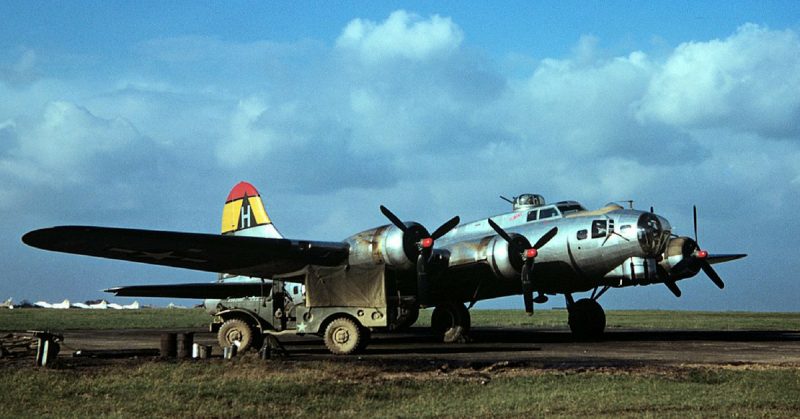The 1GW Nemo cable being placed at the bottom of the English Channel will need to be rerouted after the discovery of a World War II bomber.
As the Belgian transmission operator, Elia, announced, the US bomber was discovered during preparation for the 140 km link. The team was using multi-beam echo sounders, side scan sonar and a magnetometer to spot obstructions and discover any unexploded ordnance (UXO) along the route.
Remotely operated vehicles (ROVs) were used to take a closer look at obstructions and remove any UXO, according to the Flanders Marine Institute.

The US B17 Flying Fortress bomber was among the discoveries on the route. The four-engine plane typically had 9-10 crew and 2-3.5 tonnes of ordnance.
The plane was identified from serial numbers on the pieces found, including sections of the wing and various engine components from the plane.
Also found on the route were items that aren’t associated with any wreck. These include a German machine gun, sheet metal from a British Spitfire plane and the right wing of a German long-range Messerschmitt fighter.
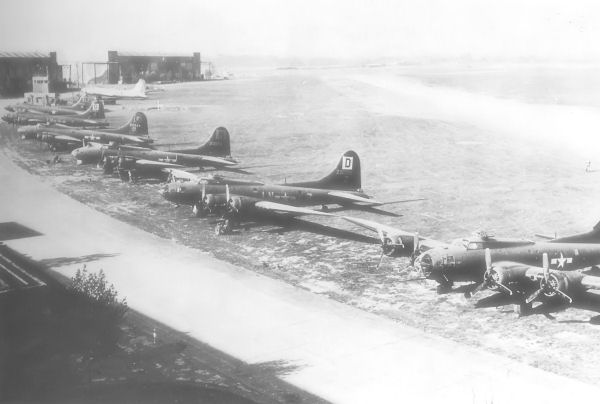
A search of historical records has uncovered four possible planes that the wreckage could belong to, according to the institute. Additional research will be required before a definitive identification can be made.
Elia ceased work in order to report the find to the West Flanders governor as required by law.
The cable’s route has been altered by 14 meters in order to not disturb the wreck and to allow room for further study of the wreckage.
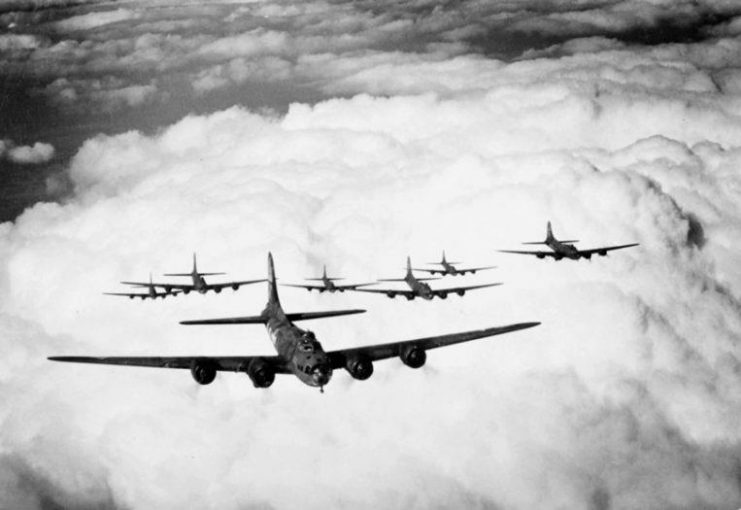
The Nemo Link is a combined venture of Elia and the UK grid operator National Grid. The high voltage direct current is intended to move renewable energy capacity between the UK and Belgium and is due to come online in the first quarter of 2019.
The B-17 took its first flight in Seattle on July 28, 1935. At the time it was known only as Model 299. A local reporter noted the many machine gun mounts on the aircraft and dubbed it the “Flying Fortress.” Boeing liked the name so much they trademarked it and adopted it as the name of the plane. The Army designated it the B-17.
Boeing financed the entire development of the plane, taking it from design to flight test in under twelve months, in order to meet the Army’s request for a large, multi-engine bomber.
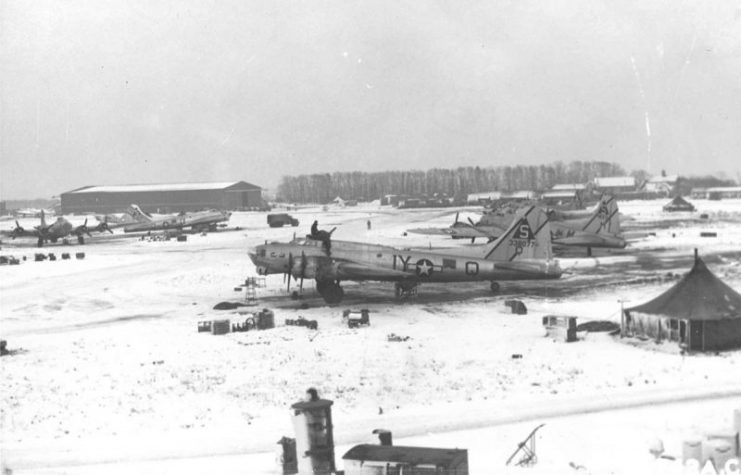
A low-wing monoplane, the B-17 combined the aerodynamic features found in the XB-15 giant bomber being designed by Boeing and the Model 247 transport.
The B-17 was Boeing’s first aircraft with a flight deck instead of an open cockpit. It was equipped with bombs and five .30-caliber machine guns installed in clear bubbles or “blisters.”
The B-17 first saw combat in 1941 after the Royal Air Force of Britain took delivery of several to use in high-altitude missions.
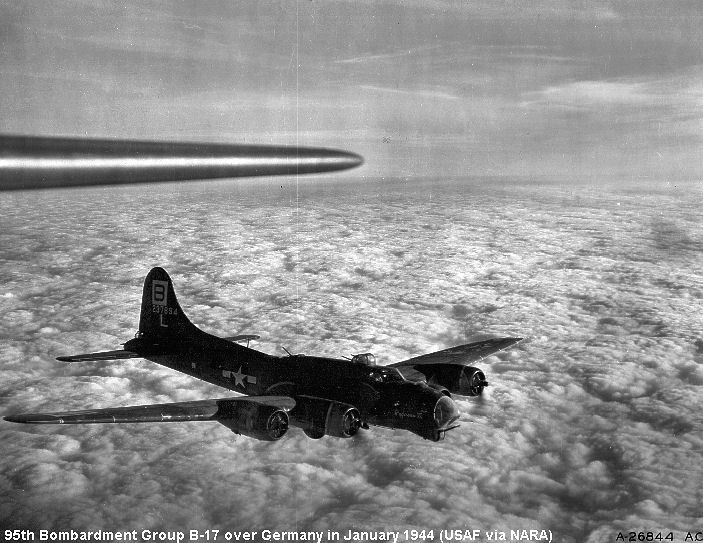
The first mass-produced B-17 was the B-17E. This model had nine machine guns and could carry 4,000 pounds of bombs. It was the first with the distinctive large tail that improved control and stability at high altitudes. They were also more heavily armed than their predecessors.
The B-17s were famous for being able to keep flying despite taking massive damage. Seventy-five years after WWII, Boeing received a letter from an 88-year-old veteran. He recalled returning to England in a B-17 with 179 bullet holes and only two working engines. He thanked the company for “making such a good airplane.”
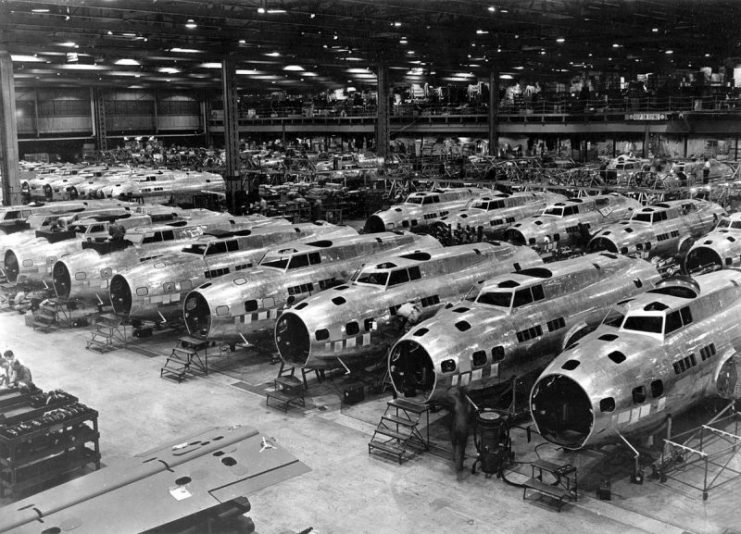
General Carl Spaatz, the American air commander in Europe during WWII, said that the Allies may have lost the war if it hadn’t been for the B-17.
A total of 6,981 B-17s were built by Boeing and another 5,745 were built in a collaboration with Douglas and Lockheed. There are only a few surviving B-17s today. Most of the survivors are in museums or featured in air shows.
